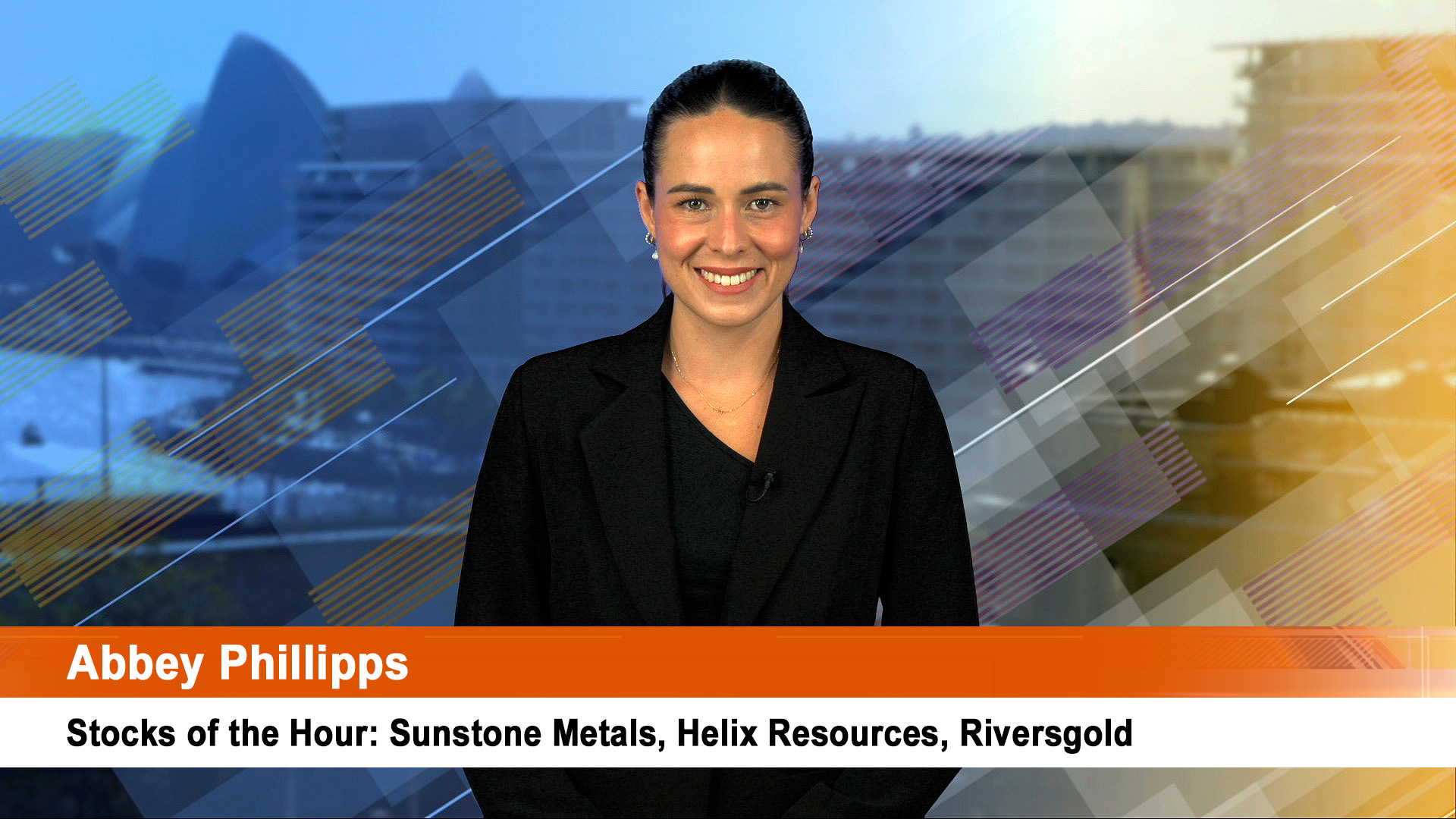Bank and oil and gas will dominate much of the thinking in local markets this week – an unlikely mix, but mutually exclusive for the moment.
The full year results for the NAB, ANZ and then Macquarie will dominate the back end of the week, but first up it will be energy stocks that grab the headlines.
Offshore some of the world’s major energy groups – starting with several of the ugly sisters – BP, Shell and Exxon Mobil, along with Chevron and ConocoPhillips release quarterly reports that are expected to be weak – some analysts think Shell plunged into the red in the third quarter, Exxon and Chevron are looking at big falls in earnings, as will ConocoPhillips.
And at home there’s the growing feeling that with three major examples of mergers and acquisitions deals in the past month, the slide in oil and gas prices has stabilised.
So we have the $11.6 billion bid for Oil Search from Woodside, and the $7.1 billion offer for Santos from Middle East and Asian potentates – both of which are going nowhere for the moment because both are obviously opportunistic (too cheap)
Friday saw the third deal and the one that looks like succeeding with Kerry Stokes orchestrating the $1 billion merger of Cooper Basin gas producers, Drillsearch and Beach Energy, both of which are 20% owned by Stokes’ Seven Group Holdings.
Seven Group will emerge with the same-sized holding in the merged entity because it is an all paper merger proposal.
Drillsearch shareholders will receive 1.25 shares in Beach for every share held, which values Drillsearch at about $380 million. That was a premium of 27% to Drillsearch’s last traded price.
The merger will create a combined entity with production of 12.1 million barrels of oil equivalent.
And Santos on Friday cut its 2015 production forecast and furthertrimmed capital spending.
Production for 2015 is now expected to be between 57 million and 59 million barrels of oil equivalent, down from a previous estimate of 57 million to 64 million boe.
And capital spending for the full year will be just $1.8 billion, down from a previous estimate of $2 billion.
Looking at the NAB and ANZ, the big issue will be if final dividend will be lifted, like Westpac did in its brief full year update two weeks ago when announcing the first rise in mortgage rates and a $3.5 billion capital raising.
The NAB’s 2013-14 profit fell 14% to $5.184 billion because of more write downs in its troubled UK banks (which are on the way out of the bank’s balance sheet) .The NAB’s final dividend of 99c a share (up 2.1%), was the same as the interim, making for a small rise of 5 cents a share for the year to a total of $1.98 a share. It paid an unchanged interim for this year of 99 cents a share.
As expected the ANZ earned a net cash profit of $7.12 billion, a record for 2013-14, up 10%. The ANZ lifted final dividend to 95 cents a share from 91 cents, and with the higher interim, will pay a total of $1.78 a share for the 2013-14 financial year, up from $1.64 a share the year before. The ANZ’s interim dividend for 2014-15 was 86 cents a share, up 3.6%.
The market expects the NAB to report profits of $6.26 billion, while the ANZ Bank profit is seen as earning $7.29 billion.
Macquarie Group’s record interim earnings on Friday have already been well telegraphed (around $1.05 to $1.1 billion), along with an estimated $1.60 a share interim dividend (up from $1.30 a share a year ago).
Investors and analysts will be keen to know about the outlook for the second half and the full year. The big question is, can the record profits will be sustained, and for how long?













